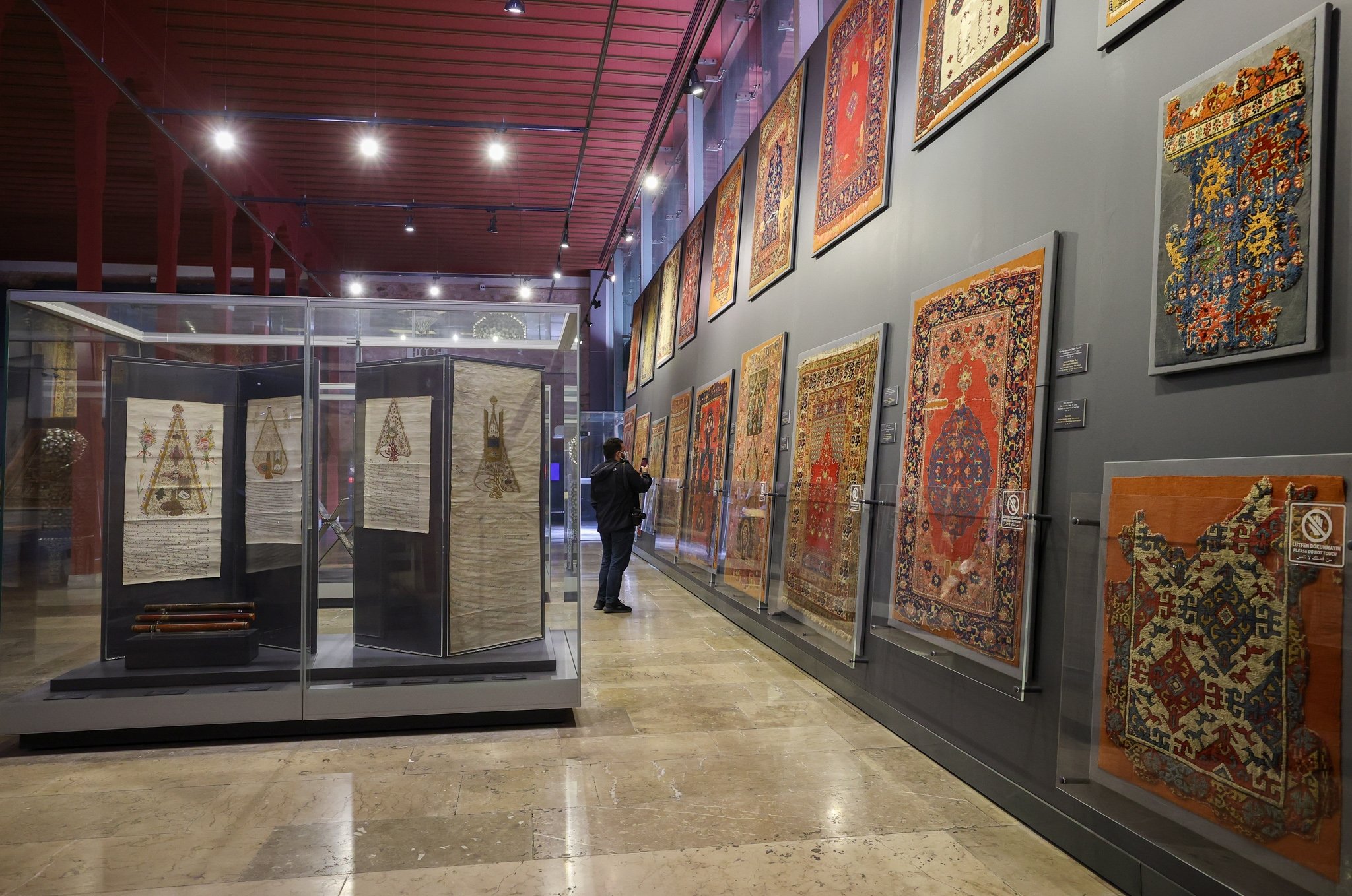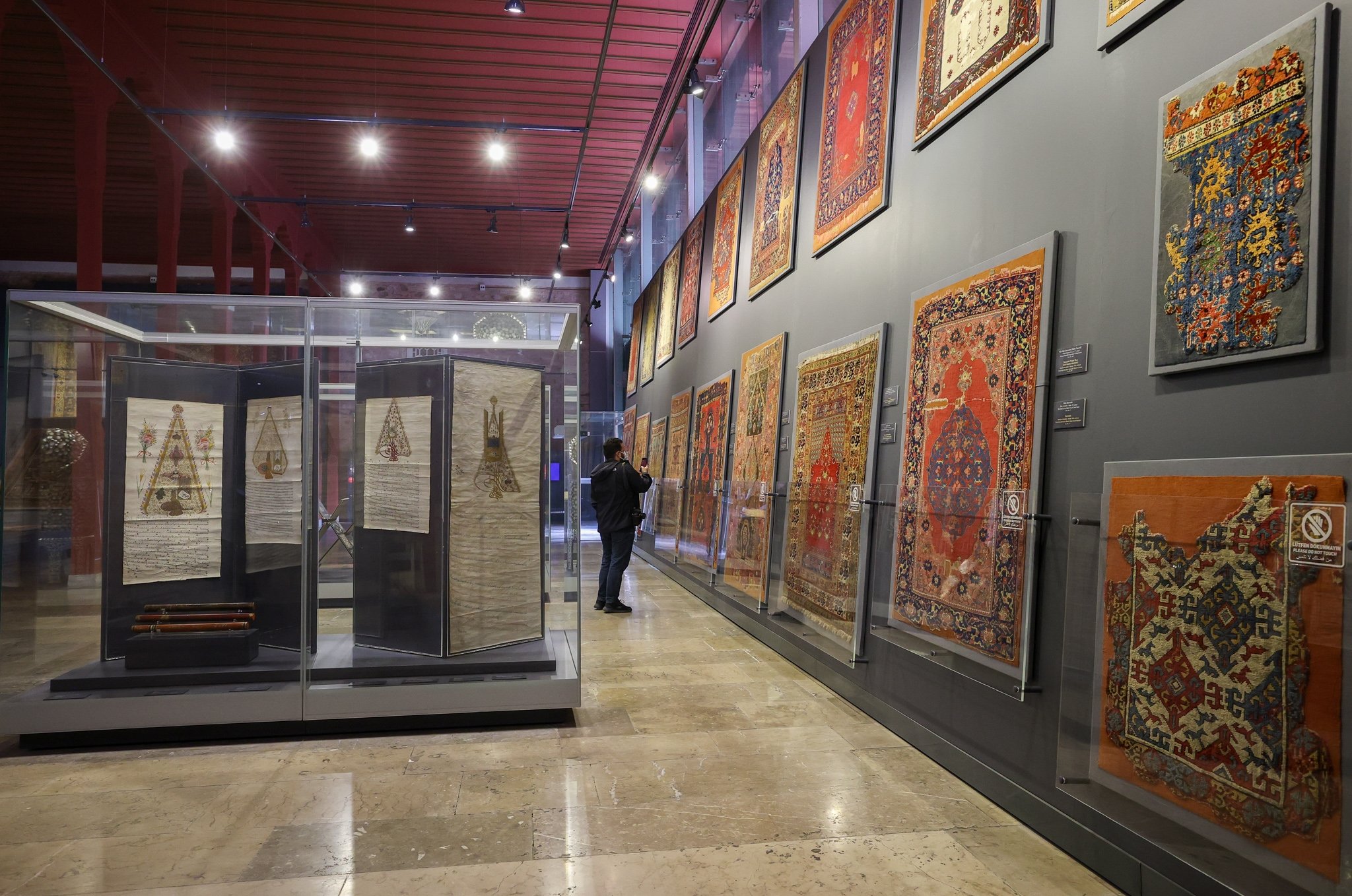
The Museum of Turkish and Islamic Arts is a famous museum in Istanbul, Turkey. It has a big collection of art and items that show the history and culture of Turkey and Islamic regions, from Spain to India. This museum helps visitors learn more about Turkish and Islamic art and history in a simple and interesting way.
Brief History of Turkish and Islamic Arts Museum
The Museum of Turkish and Islamic Arts was first opened in 1914 in the Imaret building of the Süleymaniye Mosque complex. It was Turkey’s first museum that included Islamic art. The museum moved to the Ibrahim Pasha Palace in Sultanahmet Square in 1983, which is an historic building itself, dating back to the 16th century.
The museum’s collection has grown over the years and now includes over 40,000 items. These items have been collected from all over the Islamic world, and include ceramics, carpets, calligraphy, and more. The museum’s goal has always been to educate visitors about Turkish and Islamic art and history, and it continues to do so today.
What to see in the Turkish and Islamic Arts Museum
1- The Woodworking Section
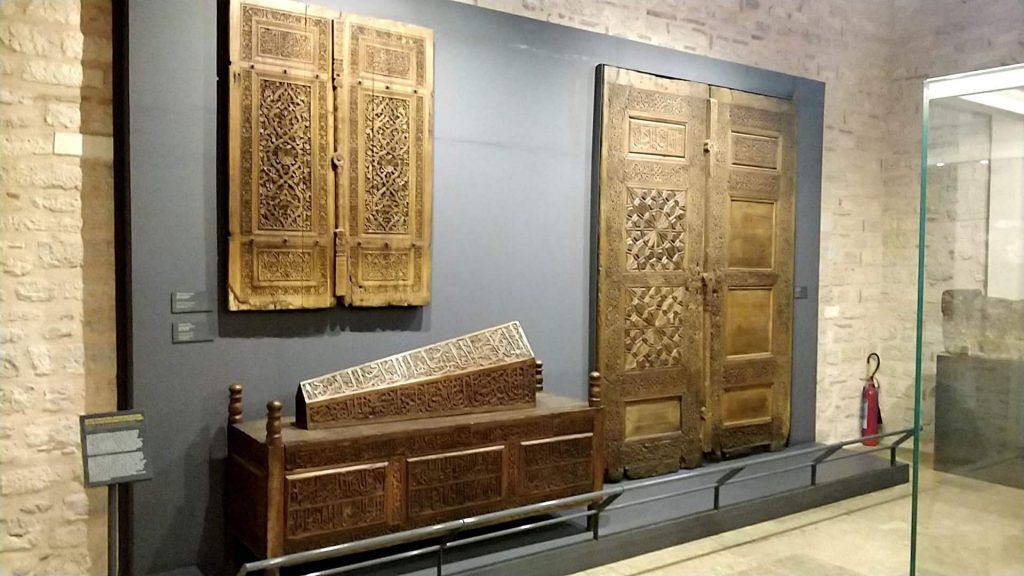
This is one of the most remarkable sections of the whole museum, displaying invaluable woodworking from the periods of the Anatolian Seljuk Dynasty and Karamanli Dynasty. While visiting this section, try to pay attention to the carvings and the calligraphy, will you? The details matter so much here.
The wooden cist you see on the left of the image is from the years 1251-1252, the time of the Anatolian Seljuk Dynasty. It belongs to the mausoleum of Seyyid Mahmud Hayrani in Konya. The most striking thing about this cist remains surely in the fine craftsmanship of its engravings.
The window leaves on the wall was brought from the mausoleum of Sadrettin Muhammed Konevi also in Konya. The plant motifs and inscriptions on it also reflect the high art of the period.
Last but not least, on the right side of both the image and the cist, we see door leaves from Karamanli Dynasty, dating back to 1432. These door leaves belong to Ibrahim Bey Soup Kitchen in Karaman, a place that provided food for the less fortunate.
This work in particular perfectly demonstrates the influence of Islam both on social life and on art.
On the door leaves it is inscribed: “Those who come, our door is open; those who eat, our goods are licit.” Indeed, it perfectly captures the importance of sharing and solidarity in Islamic culture.
2- The Rug Corridor
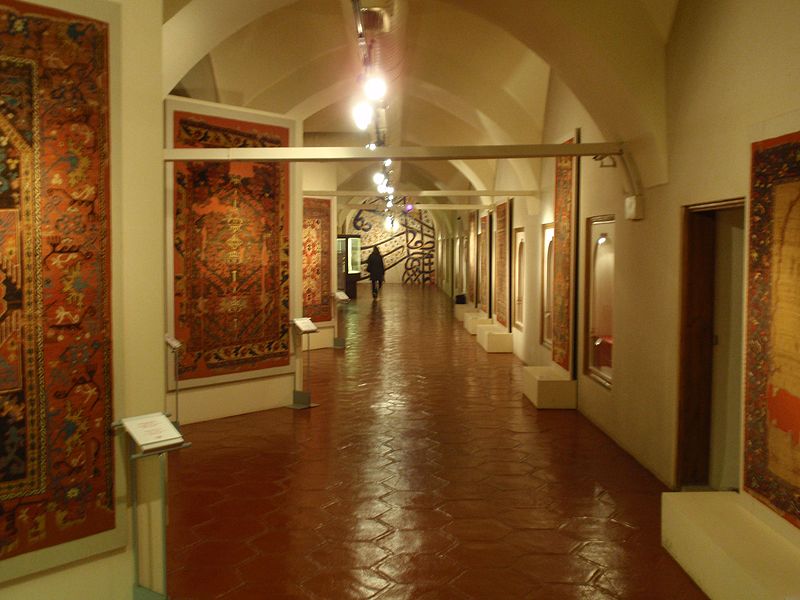
I assume most of you have already heard about the famous Turkish rugs. If you haven’t, this section will hit you in the face with its rare beauty. It is truly like a paradise for those of you who are a big fan of them in that there exists one of the best collections of exquisite rugs and carpets including the very rare 13th-century Seljuk carpets.
Plus, it is the largest rug collection in Europe and one of the most important rug collections in the whole world with approximately 1700 works. The rugs on display were weaved with a special technique called “Turkish knot”. This technique involves tight weaving and a rich repertoire of motifs.
You can easily notice that not only the craftsmanship is one of the finest of its kind but also most of the motifs are aesthetically appealing with an assemblage of different kinds of flowers. The collection includes rugs and carpets outside of Turkey as well, mostly from Persia and Caucasia.
These unexampled handiworks vary also in size depending on the tradition they belong to, yet one thing remains common: their quality despite passing centuries. The rug corridor, in my opinion, is one of the most beautiful parts of the museum if not the most.
3- The Stone Works Section
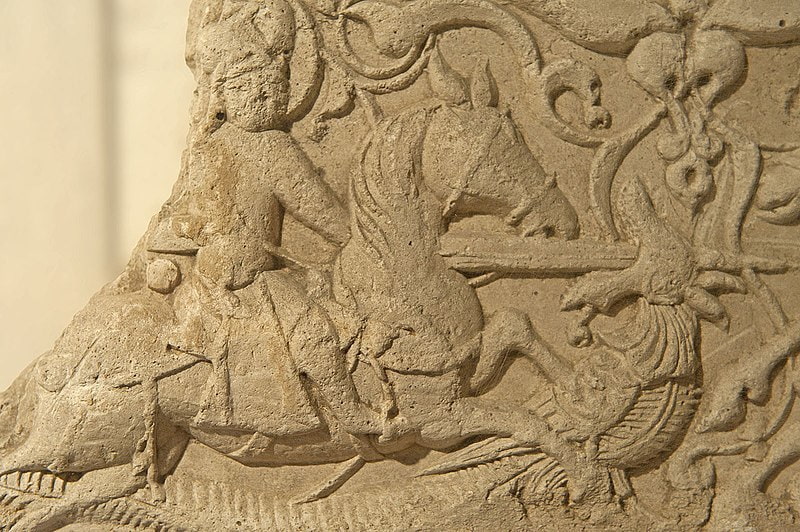
One of the most interesting sections of the museum is surely the stone works section which contains within itself the works of art that date all the way back to the 7th century. It provides a wide range of works that differ in era, style, and tradition.
It is possible to find works that are adorned with both motifs such as mythical creatures and game animals. The image above, for example, features a warrior fighting with a dragon.
This is a piece from 13th-14th century Anatolian Seljuks. The motifs correspond to both the myths in early Turkish culture and Turkish militancy.
Other than certain motifs, calligraphy on the stone works is very common as well. One of the most famous works with calligraphy is an Epitaph of a Versicle of the Quran belonging to the Ottoman era.
As a matter of fact, whether on a stone or an animal’s skin, you will frequently encounter the versicles of the Quran in the museum.
Last but not least, the oldest work in the section of stone works belongs to the Umayyad period. It is a milestone built by the caliphate of the Umayyad for informing voyagers about the distance between Jerusalem and Damascus.
It draws considerable attention to itself, being one of the rare remaining relics of the early Islamic period.
4- The Stoneware and Glass Section
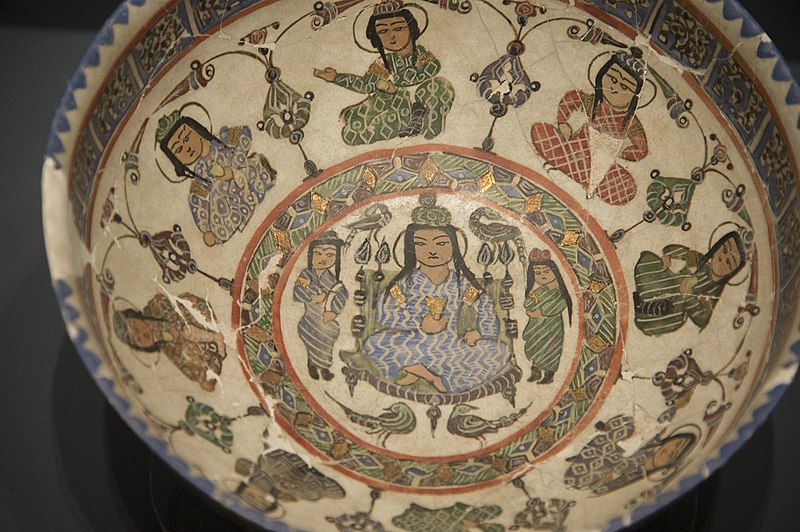
In this section, you are to find precious stoneware, glass, tile, terracotta objects, and artifacts from Samarra, Raqqa, and many other places. These objects include gadgets, tools, jewelry boxes, cups, and bowls. This section is remarkable in that it gives valuable information about daily life in the era.
For instance, the image above is called the Seljuk Bowl from the 12th-13th century. Notice how it is adorned with different colors, motifs such as birds, and more importantly human figures from Asia Minor where the Turks emerged.
The collection here was actually found in the excavation between 1908-1914. My personal favorite in this collection belongs to the Ottoman stoneware and tile work alongside Kütahya and Çanakkale ceramics from the recent era. Basically, what makes the Blue Mosque the Blue Mosque is exhibited here.
What catches the eye in these works is surely the usage of colors and motifs, specifically the tulip motif (one of the symbols of the Ottoman Empire). I’m sure that most artists fall in love with this section at first glance.
5- The Manuscripts Section
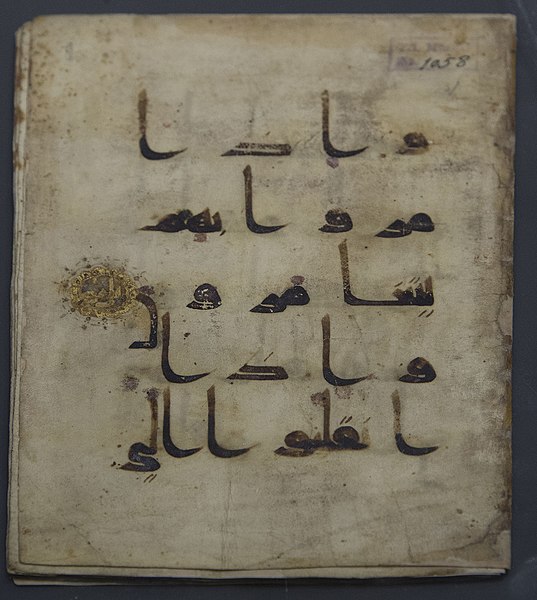
This section of the museum exhibits manuscripts from the early Islamic period up to the 20th century. It covers vast geography under the influence of Islam and religion and contains a wide range of documents whose value even transcends their historicity.
It is estimated that 13000 works are exhibited in this section. Without a doubt, the most common and popular type of document you are to encounter here is manuscripts of the Quran belonging to different dynasties followed by the Damascus documents (shown in the image above).
As in the early period of Islam, the Quran was reproduced by hand, seeing its manuals are especially crowd-pulling. There are dozens of examples of hand-written Quran all of which offer fine workmanship with different coloring, calligraphy, and such.
Written on a gazelle skin the 2-paged Quran sample (written in Hejaz in the 8th century) from the Umayyad era is especially invaluable as it dates back to the earliest time of the Islamic era whose rare relics are present in this museum.
6- Metal Works Section
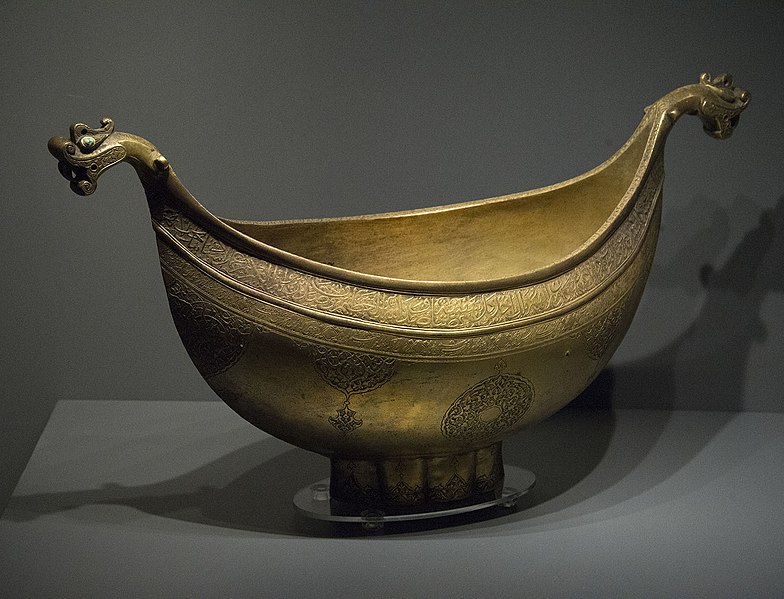
Most of this collection consists of relics from the Great Seljuk Empire and the Anatolian Seljuks era, including incensory, pitchers, mirrors, lamps, and such. Common figures and motifs among the works include warriors, swords, lions, dragons, and epitaphs.
You can find objects made from different metals such as brass, bronze, and silver all of which hold importance, particularly for the middle age metal art.
In fact, with a thorough analysis of the objects, it is possible to trace the development of metal art and craftsmanship. The symbols and motifs on the objects are especially remarkable in that they differentiate the pre-Islamic era from the post-Islamic era, demonstrating exactly the transition in time and tradition.
14th-century candlesticks with astrological motifs constitute the favorite of this collection followed by bronze doors and door handles.
Similar to the doors in the woodworking section of the museum, the metalworks section also displays ornamented doors with bronze engravings and inscriptions.
7- Bonus: The Prophet’s Footprint!
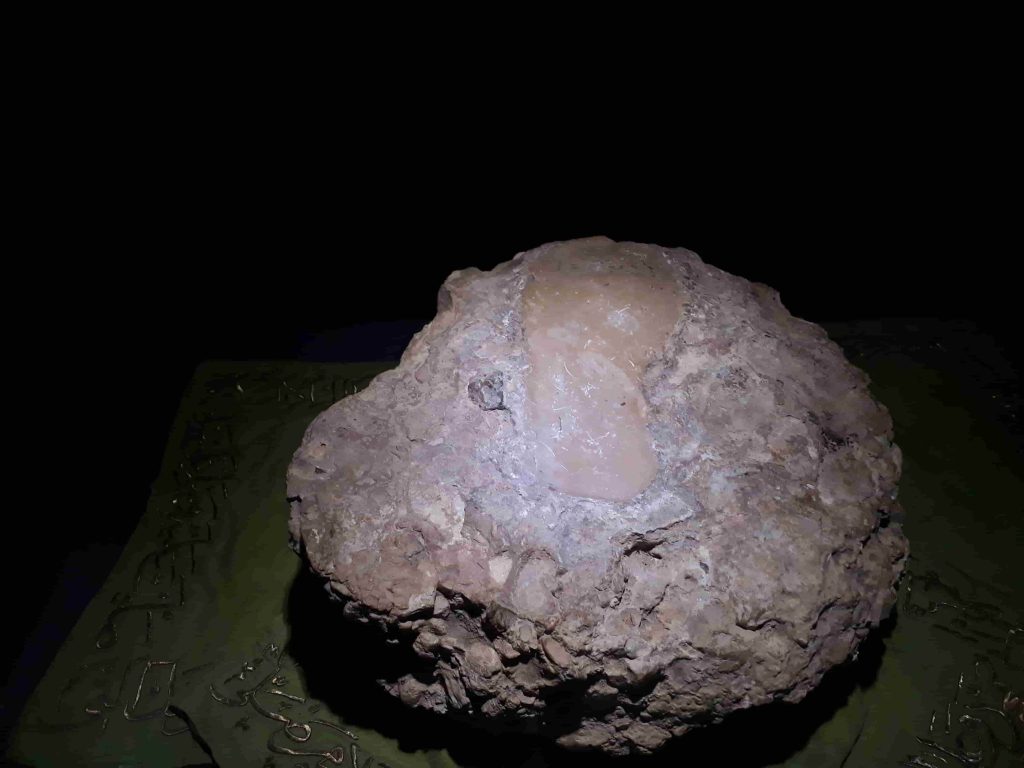
The museum contains within itself various sacred objects and holy relics as well. One of the most important ones is surely the footprint of the Prophet Mohammad which can be seen in the image above.
This holy relic is named “Kadem-i Saadet” – roughly meaning the footprint of Prophet Mohammad. Just for this sacred piece alone, the museum receives thousands of visitors from all over the world as it has such an immeasurable worth, especially for the Islamic world.
Rest assured, the Turkish and Islamic Arts Museum is one of the richest museums in Turkey. If you like to see and learn more about Islamic and Turkish art, you should definitely give it a go. Plus, the atmosphere there is one of a kind as well. It truly feels like you are in a time machine, going to the times of the highest civilization ever.
Address: At Meydanı Sok. No:12, Sultanahmet, Fatih, Istanbul

